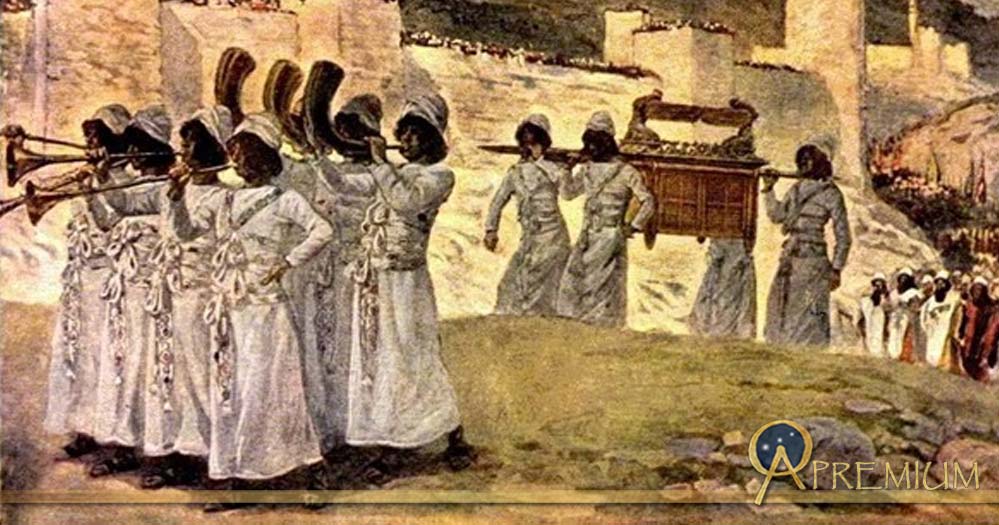How a Woman Toppled the Legend of the Walls of Jericho: The Legacy of Kathleen Kenyon
According to the Bible, in the Book of Joshua, the Israelites encountered the city of Jericho as the first Canaanite stronghold they had to conquer in order to settle in their promised new land. In archaeological terms, Joshua the war lord, would have approached Jericho during the Late Bronze Age, circa 1400 BC. The Biblical legend has it that the Israelites destroyed the fortified walls of Jericho by circling it with the Ark of the Covenant for seven days. Or did they not? Not only did Kathleen Kenyon almost single handedly change the way in which archaeological excavations in the Levant were approached, but she also proved that there was no sign of Jericho during the Late Bronze Age.

Dame Kathleen Kenyan (1977) (CC BY-SA 3.0)
Early Life and Career
Born on 5 January 1906, the daughter of Sir Frederick Kenyon, director of the British Museum, Kathleen Kenyon was almost born to the role of ‘Grand Dame of Archaeology’, which she would later become. She attended Oxford University, where she studied modern history, but due to her father’s influence she had developed a keen interest in archaeology. One can almost imagine her spending her free time as a little girl in the corridors and vast storage chambers of the British Museum, privy to treasures most members of the public would never see. Her parental home was after all attached to the museum.

Inside of the Great Enclosure which is part of the Great Zimbabwe ruins. (Public Domain)
Kathleen graduated in 1929 and her first experience of field work was in far-away Africa, where she joined an all-women archaeological team, excavating Great Zimbabwe. Under the guidance of Gertrude Caton-Thompson she was exposed to rigid archaeological method, proper excavation, meticulous documentation and careful interpretation. Flinders Petrie had been a great advocate of paying attention to stratification and three-dimensional reconstruction by field cards and notes, photographs, demarcated areas and constant taking of levels. Caton-Thompson stuck to Petrie’s strict archaeological techniques and her findings created controversy at the British Association to whom she had to report. She attributed the Zimbabwe Ruins to a sophisticated ancient black civilization. Caton-Thompson’s adherence to the evidence of her findings, despite the controversy, proved a valuable lesson for Kathleen Kenyon later in her life.

Roman Theatre at Verulamium excavated by Kathleen Kenyon (CC BY-SA 2.0)
Like this Preview and want to read on? You can! JOIN US THERE ( with easy, instant access ) and see what you’re missing!! All Premium articles are available in full, with immediate access.
For the price of a cup of coffee, you get this and all the other great benefits at Ancient Origins Premium. And - each time you support AO Premium, you support independent thought and writing.
Top Image: The seven trumpets of Jericho, by James Tissot. (Public Domain)


















